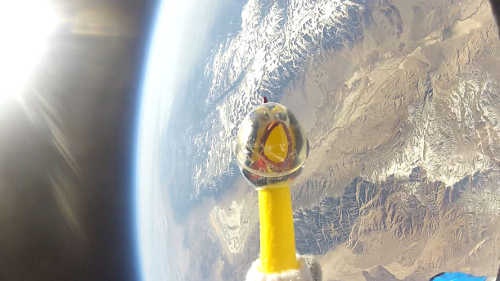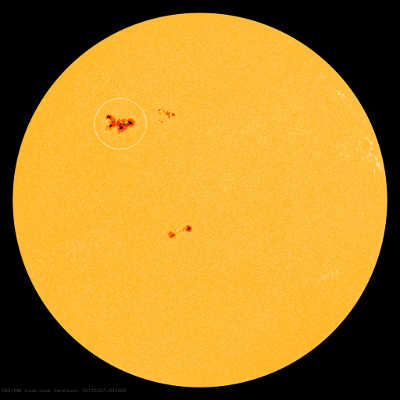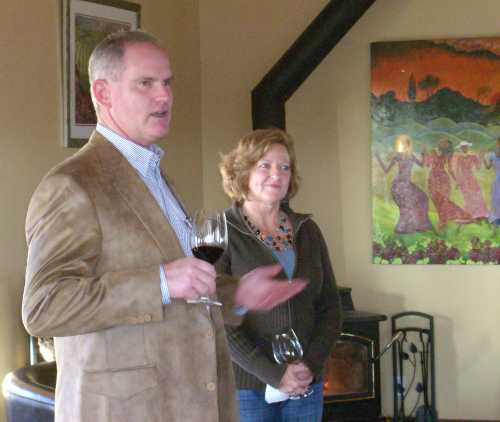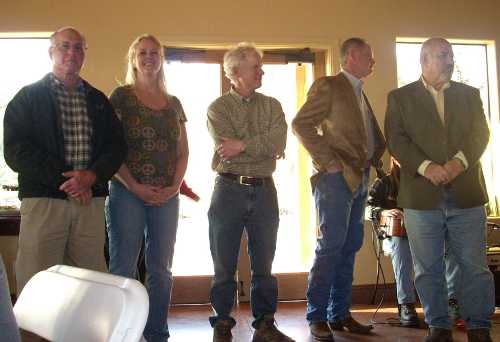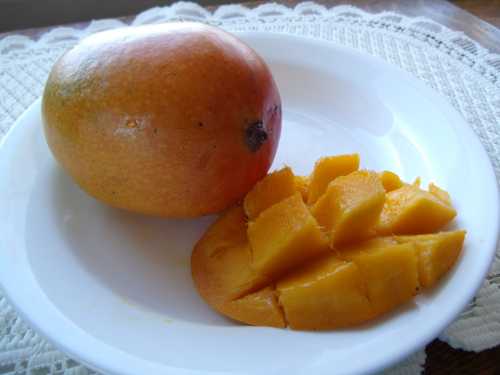LAKE COUNTY, Calif. – The final list of Stars of Lake County Award nominees has been announced.
The Lake County Chamber of Commerce released the list on Friday.
The final tally on nominations for 2012 is 74 in all, with almost every community in Lake County represented. Each nominee has received a letter notifying them of their nomination.
The entire list of nominees can be seen below.
All nominees will be honored on Sunday, May 6, at PSI Seminars in High Valley above Clearlake Oaks. The reception begins at 4 p.m. with the very popular David Neft providing music during the reception and dinner hours.
PSI Seminars is a state-of-the-art conference learning center and will accommodate seating for up to 400 guests for Stars this year. The chamber said it was only able to accommodate 300 guests the past two years and had to turn away people.
The chamber thanked everyone who made time to forward a nomination for the 2012 Stars Community Awards and to everyone who responded with the additional information requests.
The Stars Selection Committee will be meeting Thursday, April 26, after reviewing all 74 nominations. Their decisions on the recipients will be revealed at the Awards Program on May 6.
Tickets are on sale for Stars through the Lake County Chamber office, located at 875 Lakeport Blvd. at Vista Point in Lakeport.
Thanks to a generous sponsorship from St. Helena Hospital Clearlake for Angel Tickets, the chamber will be able to furnish some nominees with tickets who have limited incomes.
The Stars of Lake County Dinner Sponsor this year is Calpine Corp. Category Sponsors are: Cliff & Nancy Ruzicka, WestAmerica Bank, Marymount College, Mendo Mill Lumber & Home Center, Umpqua Bank, Calpine Corp., Savings Bank of Mendocino, Strong Financial Network, Lake County Land Trust, Konocti Vista Casino Resort & Marina, Foods Etc., Bruno’s Shop Smart, Kathy Fowler Auto Dealerships, U. S. Representative Mike Thompson, John Tomkins Tax Consultants, North Lake Medical Pharmacy and the Lake County Record-Bee.
There are still 3 categories available for sponsorships; anyone interested in those should contact the Lake County Chamber at 707-263-5092.
2012 STARS OF LAKE COUNTY NOMINEES LIST
Marla Ruzicka Humanitarian of the Year
Sponsored by Cliff and Nancy Ruzicka
1. Dr. Paula Dhanda, Kelseyville
2. Levi Palmer, DDS, Lakeport
3. Taira St. John, Lakeport
Senior of the Year
Sponsored by Westamerica Bank
1. Janet Taylor, Lakeport
2. Christine Hansom, Cobb
Volunteer of the Year
Sponsored by Marymount College
1. Edward McDonald, Lakeport
2. Bruce Maxwell, Lakeport
3. Don Stewart, Findley
4. Phyllis Kelsey, Middletown
5. Gregory Scott, Lakeport
6. Don and Peg McCown, Lakeport
7. Richard Birk, Hidden Valley Lake
Student of the Year-Female
1. Alice Crocket, Lakeport
2. Brittany Elkington, Lakeport
3. Cheyanne Horvath, Cobb
4. Krystina Riccio, Hidden Valley Lake
Student of the Year-Male
1. Eli Wade, Clearlake
Youth Advocate of the Year-Professional
1. Patty Chandler, Lakeport
2. Antoinette Goetz and Sheila LaVine of Antoinette School of Dance, Lakeport
3. Tami Cramer, Lakeport
4. Tanya Biasotti, Clearlake
5. Barbara Clark, Lakeport
6. Bill MacDougall, Kelseyville
7. Alan Mathews, Lakeport
Youth Advocate of the Year-Volunteer
1. A&B Collision, Clearlake
2. Kristi Weiss, Lakeport
Agriculture Award
Sponsored by Calpine Corp.
1. Farm to Table Program, Kelseyville
2. Lake County Quilt Trail, All Around Lake County
Organization of the Year-Nonprofit (has paid staff)
Sponsored by Savings Bank of Mendocino
1. Hospice Services of Lake County, Lakeport
2. KPFZ/Lake County Community Radio,Lakeport
3. Healthy Start, Lakeport
Organization of the Year-Volunteer (all volunteer staff)
Sponsored by Strong Financial
1. Any Positive Change, Lower Lake
2. Animal Coalition of Lake County, Clearlake
3. Lake County Rodeo Association, Lakeport
Environmental Award of the Year
Sponsored by Lake County Land Trust
1. Gae Henry and Henry Borenstein, Anderson Marsh Interpretive Association, Lower Lake
2. Victoria Brandon, Sierra Club Lake Group, Lower Lake
New Business of the Year
1. A Touch of Tranquility Day Spa, Lakeport
2. Jolly Kone, Middletown
3. One Stop Print Shop & More, Lucerne
4. 2 Women Traders, Middletown
Small Business of the Year
Sponsored by Foods Etc.
1. Tatonka Land Miniature Golf & Zippies, Clearlake
2. Here for the Holidays/Accents on the Lake, Kelseyville
3. Innovative Physical Therapy, Kelseyville
Large Business of the Year
Sponsored by Bruno’s Shop Smart
1. Mendo Mill Home Center & Lumber Co., Lakeport, Clearlake
2. Calpine Corp., Middletown
3. Hardester’s Markets, Middletown, Hidden Valley, Cobb
Best Idea of the Year
1. Window Treatments for Vacant Storefronts, All Around Lake County
2. Funtown at Lakeside Family Fun Center, Lakeport
3. “Lake County Live!”, Lakeport
4. District Attorney’s Office Charitable Contribution Program, Lakeport
5. “Penny’s For Education,” Lakeport
Local Hero of the Year
Sponsored by U. S. Representative Mike Thompson
1. Amy Zingone, Clearlake Oaks
2. Gabriel Lopez, Hidden Valley Lake
3. Lee Buckmaster and Rhonda Straub, Lower Lake
The Arts Award of the Year-Professional
1. Verna Wicks-De Martino, Lakeport
2. McKenzie Paine, Kelseyville
3. Lyle and Deanna Madeson, Kelseyville
Woman of the Year
Sponsored by North Lake Medical Pharmacy
1. Susan Cannon, DVM, Lakeport
2. Linda Burton, Clearlake
3. Pat Grabham, Clearlake Oaks
4. Joyce Overton, Clearlake
5. Antoinette Funderburg, Lakeport
6. Voris Brumfield, Middletown
7. Lannette Huffman, Lakeport
Man of the Year
Sponsored by Lake County Record-Bee
1. Charles Davis, Clearlake
2. Gary Dickson, Lakeport
3. Joey Luiz, Clearlake
4. Tom Lincoln, Lakeport
5. John Hodgkin, MD, Clearlake
6. Sheriff Frank Rivero, Lakeport
7. John Fulton, Lakeport
Lifetime Achievement
1. Griffie Ratterree, Clearlake
2. Lynn Brookes, Lucerne
3. Cliff Ruzicka, Lakeport
4. Don Johnson, DDS, Lakeport
4. Stephen R. Elias, Esq. (posthumously)
5. Gardiner (Buster) Jones, Lucerne




 How to resolve AdBlock issue?
How to resolve AdBlock issue? 





